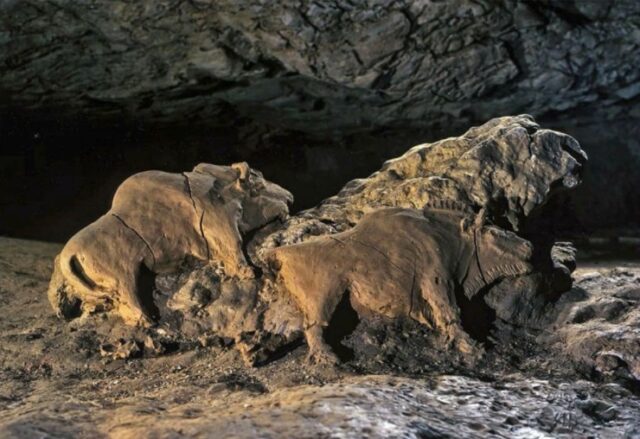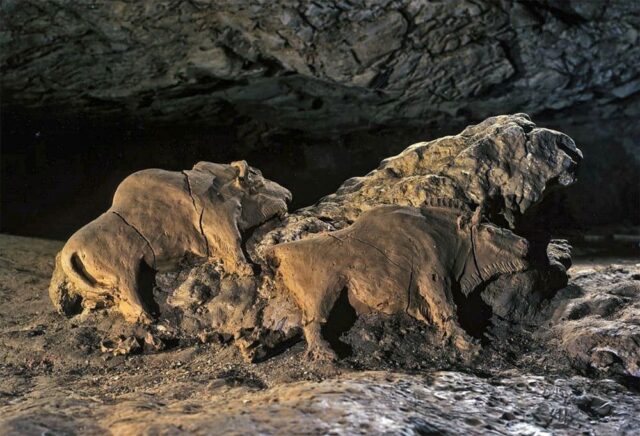Over the years lots of stunning ancient art pieces have been discovered by researchers, and these sculptures are no different. Inside a cave system in Southwest France, archaeologists discovered a clay piece that is a sculpture of two bison.
The cave can be found near the River Volp and the sculptures date back to the Paleolithic, estimated to around 13,000 BCE. The area which separates France from Spain is closest o Montesqieu-Avantes and is home to an intricate cave system that hides lots of hidden treasures.
First discovered in 1912 by Henri Bégouën and are called Trois-Freres, Enlene, and Tuc d’Audoubert. Inside this last cave, the sons of Henri have come across several walls engraved with Paleolithic art, and soon archaeologists began researching the cave and documenting it. After a lot of fieldwork, Emile Cartailhac, the archaeologist leading the project discovered hundreds of pieces created by Stone Age Magdalenian people, depicting their lives and habits.
The other two caves contained even more specific cave engravings, many of them showing animals, among which bison seem to be the dominating ones.
The scholars are still searching for the meaning of some mysterious signs discovered in the caves of the area, as many represent magical figures or codified language.
The room in which the clay statue with the bison was found is now called Room of the Bison and features a very realistic representation of the animal, a central figure in the Magdalenian era.




















